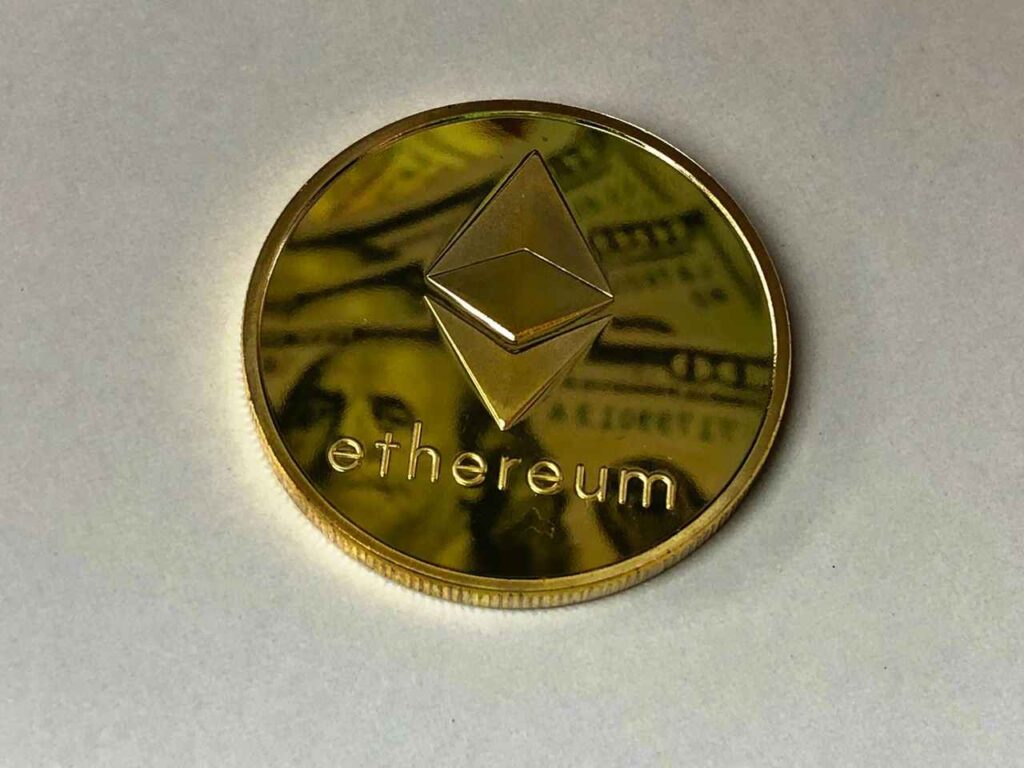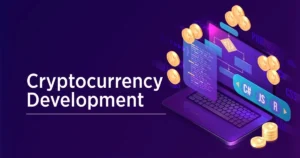Solana vs. Ethereum: The battle for smart contract dominance in 2025

The case between Solana and Ethereum is like debating between Apple and Android – everyone has their favourite, and the discussions can get intense. As the crypto industry has continued to innovate, questions of which of the two networks will dominate the smart contract sector have not ceased.
But one thing is sure: both Solana and Ethereum have carved out serious reputations over the past few years. Ethereum, in particular, has been around since 2015 and has practically written a book on smart contracts.
However, its throne would later be challenged after Solana’s launch in 2020. And as the adoption continues and developers come on board, comparing these two powerhouses – whether you’re looking at transaction speeds or converting ETH to NZD – has become more relevant than ever. Continue reading to understand what things are like in 2025 and why each blockchain ticks.
The growing appeal of smart contracts
Before we answer this question, let’s first understand why smart contracts are becoming popular. Just recently, Fortune Business Insights released a report claiming that the global smart contract market size could hit $2.69 billion in 2025 and $12.07 billion by 2032, accounting for an annual growth rate of about 23.9%. This statistic alone shows how these features appeal to many industries.
Some factors contributing to the increased adoption of smart contracts include a growing demand for Internet of Things (IoT) devices, security concerns and automation. According to a recent GSMA Intelligence finding, IoT connections are expected to reach 23.3 billion by the end of this year (2025), up from 15.1 billion in 2021.
Plus, top companies in the smart contract industry have been paying attention to user-friendliness to ensure great customer experiences. Chainlink, a UK-based company that helps integrate real-world data into blockchain smart contracts, is a good example.
In 2023, it unveiled Chainlink Functions that would allow developers to connect their smart contracts and decentralized apps to Web 2 APIs with ease. Given that it can execute customizable computations on Web 2 APIs nearly instantly, it makes it easy for developers to enter into the Web3 domain.
On top of that, by taking advantage of blockchain to decentralize data access, these features provide better security, a characteristic many people seek. Of course, with the rampant cyberattacks, any technology that promises to improve security is always welcome, which explains why more sectors are opening up to smart contracts.
Which of the two? Solana or Ethereum
Network efficiency
One of Solana’s major boasts is its transaction speeds, allowing up to 65,000 transactions per second (TPS). This already gives it an edge among businesses seeking optimal performance even during peak seasons. You don’t want to imagine a payment method hanging just because many users are accessing it. Just that one negative experience can have devastating effects and cause up to one in three customers to leave a brand.
Although Ethereum lags with its Layer 1 infrastructure, whose TPS is about 15-30, it has been making strides. A good example is when it switched to the Proof of Stake mechanism and rollup-based scalability solutions like Optimism and Arbitrum. As such, Ethereum 2.0 promises a great future for this network, given that it can handle up to 100,000 TPS, giving it an upper hand over Solana.
Plus, Ethereum’s modular design seems convenient for future upgrades, unlike Solana’s monolithic structure.
Developer ecosystem
Things are rapidly changing regarding developer mindshare for the two networks. According to a recent report by Electric Capital, Solana surpassed Ethereum in new developer growth rate in 2024. By the end of the year, Solana welcomed more than 7,600 new developers, while Ethereum had about 6,456.
But even after Solana saw an 83% rise in developer engagement, it is yet to replace Ethereum as the largest ecosystem for developer activity worldwide. According to Electric Capital, Ethereum still has the largest number of active developers across major continents like Asia and Europe, where crypto activity is dominant.
At the same time, Solana made remarkable moves in 2024. In March, the Solana-based meme coins boom caused its network activity to surpass Ethereum’s. A few months later, it exceeded Ethereum in daily network fee generation, elevating its position in the developer community. This is without mentioning how the popularity of Solana mobiles has brought it closer to mainstream users, especially in mobile-first markets.
Network reliability and security
We have already hinted at how cyberattacks have become rampant and why staying safe is important. In fact, with users becoming more aware, infrastructures that seem inconsistent security-wise may soon be out of business. This matter becomes even more serious in an industry like crypto, where 59% of users aren’t confident in its security.
While Solana is fast and cheap, it has recently suffered several outages due to overload and spam attacks, which can significantly affect its reputation. However, it seems to be making a name since it recorded a 99.9% uptime for about 12 consecutive months.
Contrariwise, Ethereum seems to have a more robust infrastructure, which adopts more than 800,000 validators, giving it the advantage of long-term security.
At this point, determining which of the two networks could dominate the smart contract market in 2025 might be quite challenging because of their unique advantages. And since all of them matter, we may see developers use both Ethereum and Solana to build cross-chain dApps.






